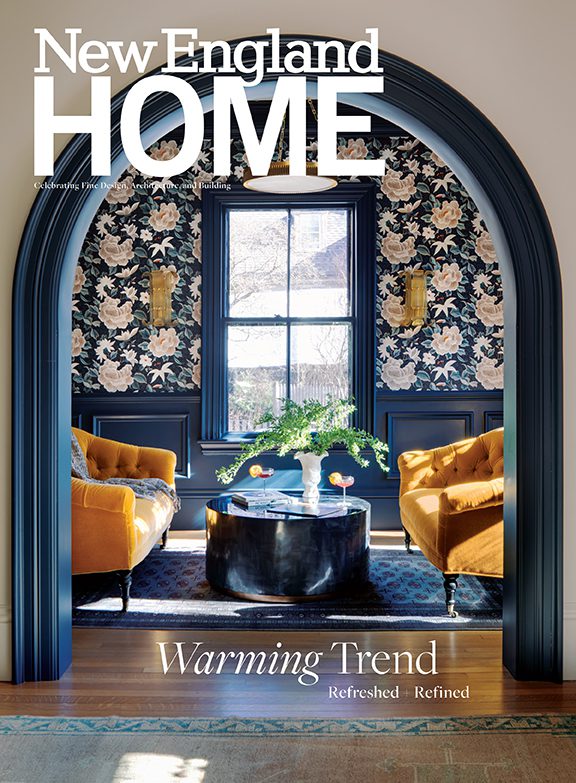Guest Blogger: Nicola Manganello
April 29, 2014
This is the second of two guest blog posts from Nicola Manganello. You can read the first one here.
Once you’ve decided to introduce some “legacy elements” to a new environment, balancing a personal style and a sense of cohesion is important. Some practical advice here might be worth noting:
Find the right place between “too different” and “not different enough” when combining pieces and materials. Define a channel between hard and soft and between rustic and refined that feel closest to your desired impact—then stay within that channel.
As the saying goes…less is more. No need to fill a new room with lots of vintage pieces and no need to have an equal number of older elements to match the new. A couple of well-selected pieces that really draw you in are much more suitable than a dozen pieces that look more like display than décor.
Take the selection process personally. The more you connect to some aspect of the legacy piece, the better. If there’s a story to tell, find out about it. Where did the bench you’re considering live before you found it? Is the craftsmanship local or significant in nature? What did the barn doors you’re thinking about purchasing keep in or keep out years ago? Is it local and from long ago? What life did it lead before it caught your attention?
Consider legacy pieces as a chance to shift the dimension and scale of a room. Don’t worry about everything being similar in size or looking like they naturally “go together”. These pieces can actually fool the eye—in a good way, and can create a depth and perspective to a room that previously didn’t exist.
Don’t sweat it. Finding unique pieces to complement a custom environment should not instill fear and anxiety! They represent the finishing touches that add a sensory component to your design.The touch, the feel, the sight of them are all important. If you’re struggling, step back. Perhaps you’re not at the right place. Maybe you don’t have the right creative energy at the moment. These pieces have been around for a long time. The right ones for you will wait for you. Take your time and enjoy the process.
One last thought. A lot of this focus on the “old” can also apply to entirely new pieces you’re considering. My hope is that your selection of freshly-crafted pieces of today will live long lives and become the unique finds of other design-focused people for generations to come.

Nicola Manganello custom designed kitchen utilizing found antique windows

Nicola Manganello custom vanity using reproduction vintage dresser as vanity

Living room designed and furnished by Nicola’s Home
Barn doors from Maine purchased at Portland Salvage in Portland, ME
– Nicola Manganello
Interior Designer Nicola Manganello is known for creating warm and welcoming interiors that blend vintage inspiration and modern elements. Her charming shop—Nicola’s Home is located in Yarmouth, Maine.
Share
![NEH-Logo_Black[1] NEH-Logo_Black[1]](https://b2915716.smushcdn.com/2915716/wp-content/uploads/2022/08/NEH-Logo_Black1-300x162.jpg?lossy=1&strip=1&webp=1)






